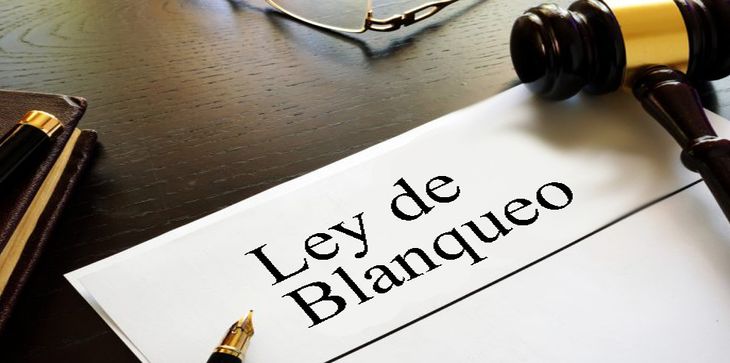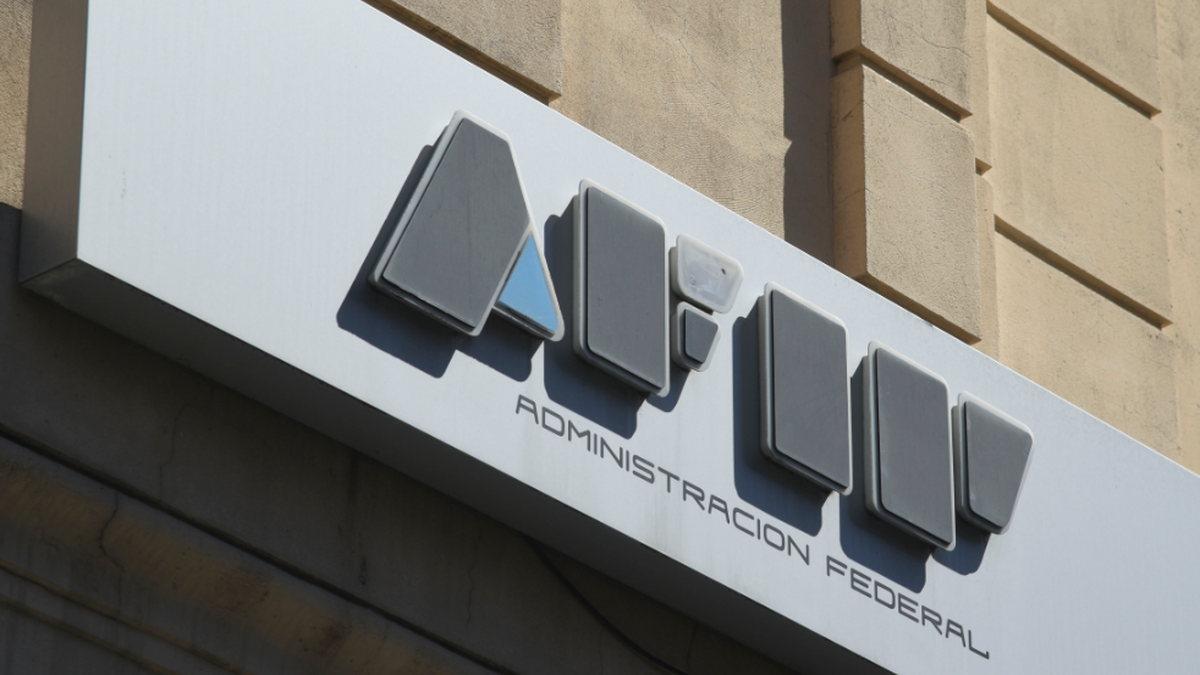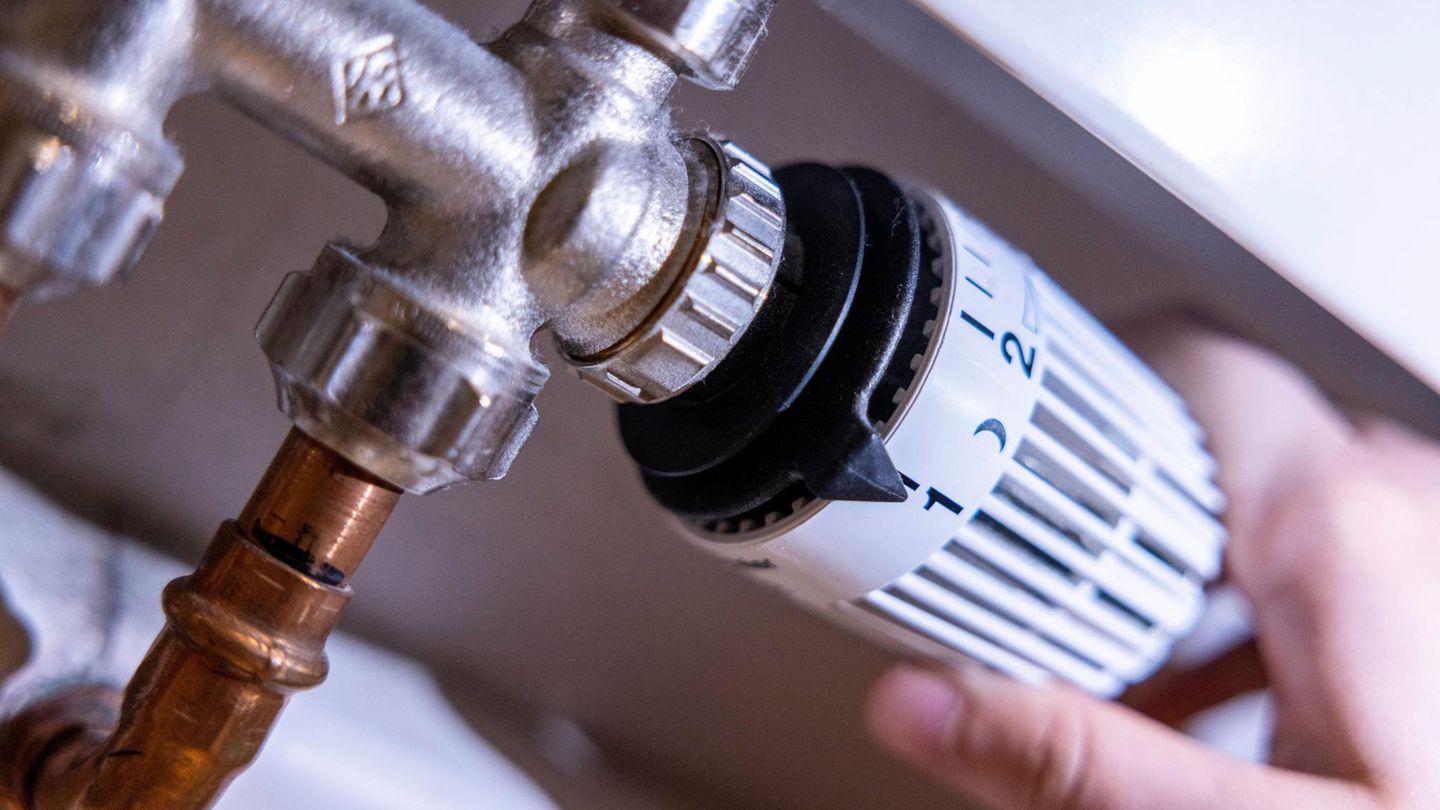The tax collection agency issued a resolution clarifying the regulation of assets of small taxpayers and equalizing them to those of the general regime. It also regulated the declaration of progress in construction works.
The Federal Public Revenue Administration (AFIP) corrected a defect in the text of the rules of the Asset Regularization Regime that left out the self-employed workers, which raised doubts for that segment of taxpayers.
The content you want to access is exclusive for subscribers.
The body issued the General Resolution 5561 which establishes that the externalization of assets made by a self-employed person It cannot be used by the AFIP a posteriori to recategorize it or remove it from that regime and make it self-employed.


The resolution states: “with regard to subjects who are attached to the Simplified Regime for Small Taxpayers (RS), the ownership declared voluntarily within the framework of this Regime shall not be taken into account as a precedent for the purposes of exclusion or recategorization of the small taxpayer reporting with respect to the periods prior to said declaration.” This is a section present in other previous whitewashes.
Money Laundering Act.jpg

AFIP issued a regulation that prevents “backwards” investigations
As the tax expert pointed out days ago Sebastian Dominguez, The problem is that “the law says nothing about the single tax” so that the norm only releases from obligations regarding Value Added Tax (VAT), Income Tax and Personal Property Tax, but says nothing about the quotas of the Simplified Regime.
“It does not specify anything regarding the fact that the self-employed taxpayer’s declaration will not be taken into account in order to exclude him,” explained the tax expert.
With this measure The aim is to prevent the AFIP from investigating backwards, For example, the origin of the funds declared on the assumption that they are tax money that was not paid.
AFIP: how construction works can be entered into the money laundering
On the other hand, AFIP also regulated the way in which taxpayers who want to enter the construction works laundering system can do so. This is the case of a person who owns a piece of land on which he has built a house.
“To prove the valuation of the work under construction or of the improvements, invoices or equivalent documentation supporting the sums invested since the date of each investment and/or a technical report prepared by a qualified professional in the field certifying the valuation of said improvements and/or a certificate of the degree of progress of the work and/or a work lease contract and/or any other reliable means that proves the valuation of the improvement to the property must be attached,” says the resolution.
Source: Ambito




